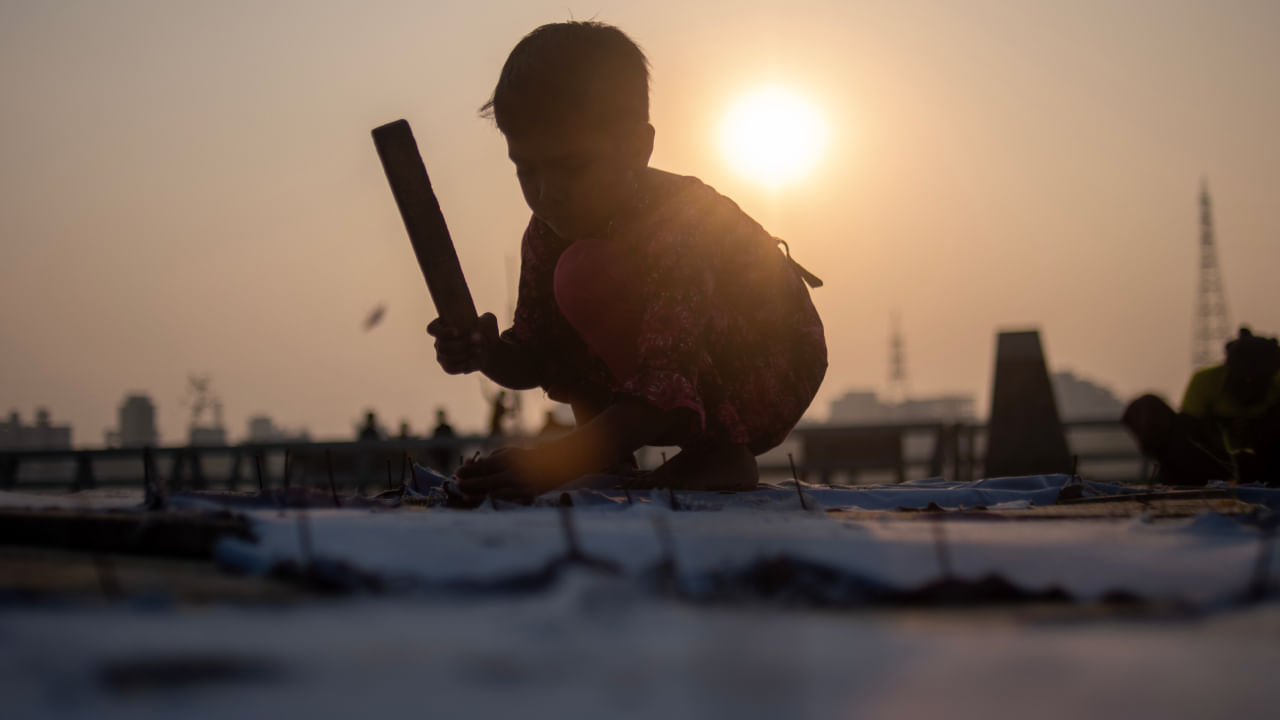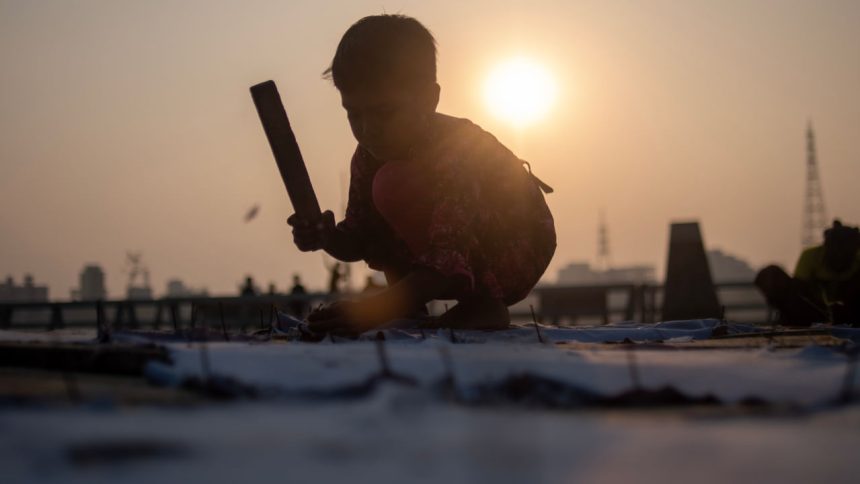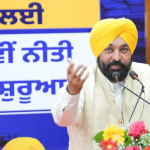
New Delhi: Children look good with books in hand and not tools. As the world observes World Day Against Child Labour, there are still several children who are working now. Many children around the world are involved in work. While some of this work may not be harmful, not all of it is safe. Child labour occurs when children are too young, work long hours, or do dangerous activities. These situations can harm their health, safety, or morals.
According to a report by UNICEF (United Nations Children’s Fund), in the last four years, the world has progressed toward ending child labour. But, despite all the efforts and progress, child labour still affects nearly 138 million children across the globe.
In India, child labour continues to pose a challenge to the nation. Over the years, governments have implemented several measures to address this issue.
According to the Ministry of Labour and Employment, there were 1.26 crore working children aged 5 to 14, according to the 2001 Census, out of a total child population of 25.2 crore. A survey by the National Sample Survey Organisation (NSSO) in 2004-05 estimated that about 90.75 lakh children were working. By the 2011 Census, the number of working children in the 5-14 age group dropped to 43.53 lakh. This shows that government efforts to address this issue have been successful.
India’s efforts to control child labour
Gurupadswamy Committee
In 1979, the government established the Gurupadswamy Committee to investigate child labour and propose solutions. The Committee examined the issue closely and made important recommendations. It concluded that as long as poverty exists, eliminating child labour would be difficult. Therefore, trying to end it through laws alone would not be practical. The Committee proposed banning child labour in dangerous jobs and improving working conditions in other areas. It recommended a multi-faceted approach to address the challenges faced by working children.
Based on the Gurupadswamy Committee’s recommendations, the Child Labour (Prohibition & Regulation) Act was enacted in 1986. This law prohibits child labour in specific hazardous jobs and regulates working conditions in others.
The list of hazardous occupations is regularly updated based on advice from the Child Labour Technical Advisory Committee formed under the Act. The Act was amended in 2016 to prohibit the employment of children under 14 in all jobs and to restrict employment for adolescents aged 14 to 18 in hazardous occupations.
Action Plan Outlay
The National Policy on Child Labour, established in 1987, aims to rehabilitate children and adolescents who are involved in labour. The Action Plan in this Policy includes:
1. Legislative actions to enforce The Child & Adolescent Labour (Prohibition & Regulation) Act, 1986.
2. Project-based plans focusing on areas with high numbers of child and adolescent labourers, known as the National Child Labour Project (NCLP) Schemes.
3. General development programs to support the families of these children.
The government is taking active steps to address this issue. They are enforcing laws and providing rehabilitation measures. State Governments responsible for implementation are conducting regular inspections and raids to find violations. Since poverty is a major cause of child labour, the government emphasises the importance of rehabilitating these children and improving their families’ economic conditions.
Both central and state governments in India have legislated on child labour:
1. Factories Act, 1948: Prohibits the employment of children under 14 in factories and regulates the working conditions for those aged 15-18.
2. Mines Act, 1952: Prohibits employing children under 18 in mines.
3. Child Labour (Prohibition and Regulation) Act, 1986: Prohibits employment of children under 14 in any job, with exceptions for family work in non-hazardous occupations. Those aged 14-18 can work, barring hazardous jobs.
4. Right of Children to Free and Compulsory Education Act, 2009: Mandates free education for children aged 6 to 16 and allocates 25% of private school seats for economically disadvantaged groups.
In 1987, India adopted a National Policy on Child Labour, focusing on rehabilitating children in hazardous jobs and addressing the root causes of child labour, such as poverty. The National Child Labour Project (NCLP) was initiated in 1988 and supported by significant government funding to combat child labour, which remains a major issue in India.
Child Labour data from across the world

According to the International Labour Organization (ILO), there are 138 million children in child labour. This includes 59 million girls and 78 million boys, making up nearly 8 per cent of all children worldwide. Among them, 54 million are in hazardous work that could harm their health, safety, or morals.
Hazardous work:
Out of all children in child labour, 54 million (or two in five) are doing hazardous work. Of these, around two in five are under age 15, and nearly one in five is younger than 12.
Regional levels and trends:
Recent progress against child labour has been seen in many areas. All regions have made improvements, with the highest success in Asia and the Pacific, where the number of children in child labour dropped by 43 per cent.
Latin America and the Caribbean saw an 8 per cent reduction in prevalence and an 11 per cent decline in the total number of child labourers. After eight years of increases, Sub-Saharan Africa has also seen a 10 per cent decrease in child labour since 2020, returning to the rate seen in 2012.
However, because of population growth, the total number of children in child labour in this region has not changed in the past four years.
There are still big differences in child labour numbers across regions. Sub-Saharan Africa has the highest number of children in child labour, with 87 million, which is nearly two-thirds of the global total. More children are in child labour in Sub-Saharan Africa than anywhere else in the world combined.

We cannot end child labour overnight, but one day, children will hold books instead of tools.










